Home>Ideas and Tips>Creating A Stylish And Practical Pantry With Vacuum-Sealed Storage
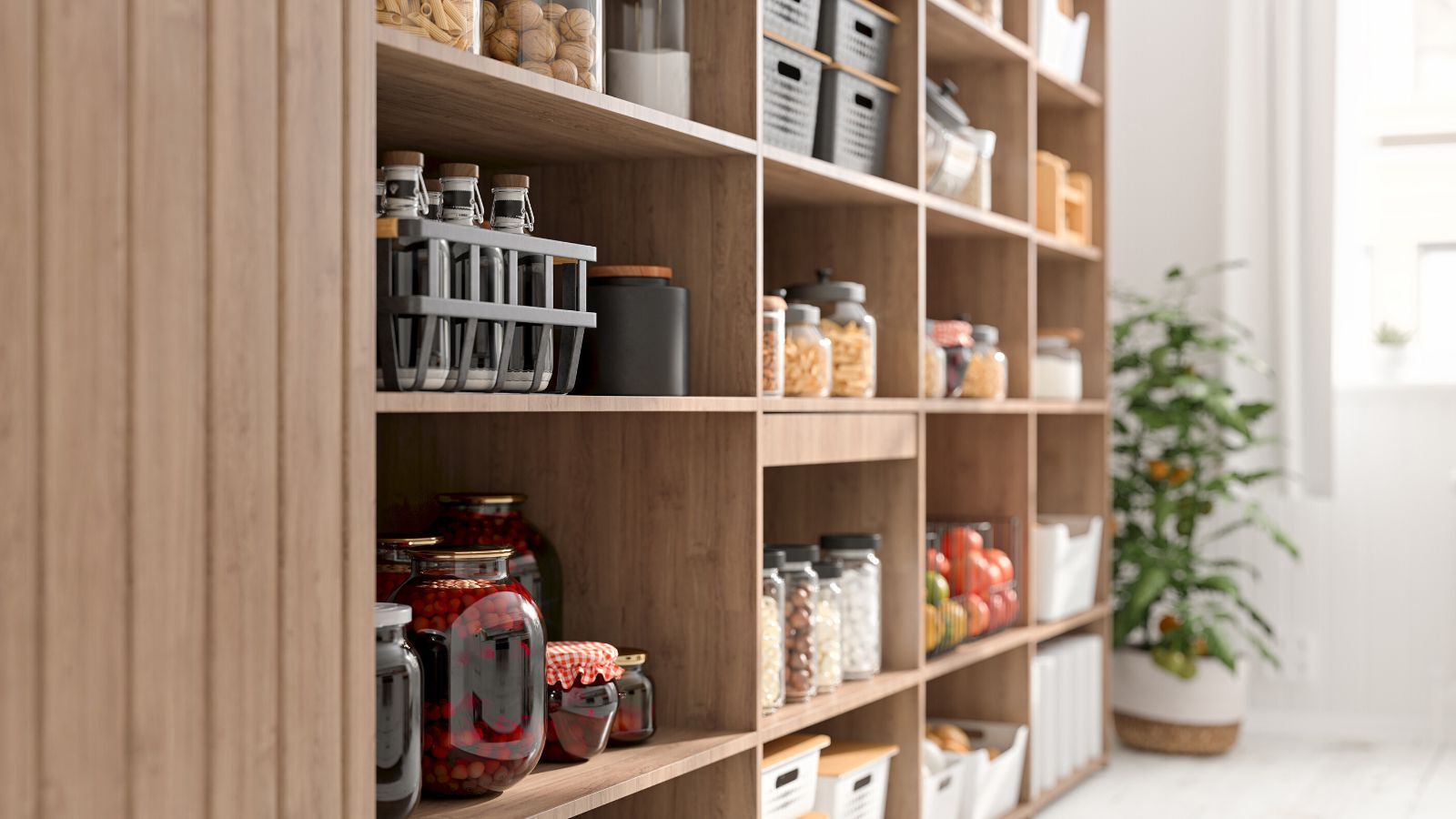

Ideas and Tips
Creating A Stylish And Practical Pantry With Vacuum-Sealed Storage
Published: August 30, 2024
Discover how vacuum-sealed storage can extend shelf life, save space, and reduce waste, making your pantry stylish and practical.
(Many of the links in this article redirect to a specific reviewed product. Your purchase of these products through affiliate links helps to generate commission for Storables.com, at no extra cost. Learn more)
In today's world, where food prices are skyrocketing and sustainability is becoming increasingly important, having a well-stocked pantry is more valuable than ever. One of the most effective ways to preserve food and keep your pantry organized is through the use of vacuum-sealed storage. This method not only extends the shelf life of your food but also helps in reducing waste and saving space. In this article, we will delve into the world of vacuum-sealed storage, exploring its benefits, practical applications, and tips for maximizing efficiency.
The Benefits of Vacuum-Sealed Storage
Vacuum-sealed storage is a method of preserving food by removing the air from a container or bag, thereby preventing the growth of bacteria and fungi that cause spoilage. This technique has several advantages that make it an essential tool for any home chef or prepper.
Extending Shelf Life
One of the primary benefits of vacuum-sealed storage is its ability to extend the shelf life of food. By removing oxygen from the container, you create an environment that slows down the oxidation process, which is a major contributor to food spoilage. This means that foods like fruits, vegetables, meats, and dry goods can remain fresh for months longer than they would under traditional storage methods.
Preventing Freezer Burn
Freezer burn occurs when water inside the food vaporizes, causing dehydration and discoloration. Vacuum-sealed bags prevent this by maintaining a solid barrier against moisture and air. This ensures that your frozen foods stay fresh and retain their flavor and texture for a longer period.
Saving Space
Vacuum-sealed bags take up less space compared to traditional storage methods. This is because the air is removed from the bag, allowing it to compress and stack more efficiently. For households that buy food in bulk or stock up during sales, this feature is particularly beneficial as it helps in maximizing storage capacity.
Reducing Waste
By extending the shelf life of food, vacuum-sealed storage reduces the likelihood of food waste. This is especially important for households that struggle with throwing away perishable items before they can be consumed. With a vacuum sealer, you can buy in bulk and rely on the sealer to keep items fresh until needed.
Practical Applications of Vacuum-Sealed Storage
Vacuum-sealed storage is versatile and can be applied to various types of food and non-food items. Here are some practical applications:
Food Preservation
Vacuum sealing is particularly useful for preserving fruits and vegetables. For example, snap peas and summer squash can be sealed and frozen to enjoy throughout the year. Ripe red tomatoes can be processed into homemade marinara sauce and preserved for future pasta dishes.
Meat and Fish Preservation
Meats and fish can also be vacuum sealed to extend their shelf life. By removing air from the container, you prevent freezer burn and maintain the quality of the meat. This is especially useful for households that like to stock up on meat during sales.
Dry Goods Preservation
Dry goods such as cereals, grains, milled products, coffee, spices, nuts, and beans can be preserved using a vacuum sealer. These items not only stay fresher longer but also take up less storage space, making them ideal for bulk purchases.
Liquids and Moist Foods Preservation
Liquids such as soups and sauces can be sealed with a traditional vacuum sealer if steps are taken to prevent fluids from getting into it. For delicate foods like berries and leafy greens, placing a coffee filter or paper towel between the food and the bag edge creates a protective barrier.
Tips for Mastering Vacuum-Sealed Storage
While vacuum-sealed storage is a straightforward process, there are several tips to ensure you get the most out of your device:
Choosing the Right Vacuum Sealer
When selecting a vacuum sealer, consider the type of foods you plan to store. Traditional vacuum sealers work well for most items but may not be suitable for liquids or powdery foods. Chamber vacuum sealers are recommended for these types of items as they provide a more controlled environment.
Using Specialized Bags
Only use specialized heat-seal bags designed for vacuum sealers. Regular household plastic bags will not perform as needed and may damage the sealer.
Preparing Foods Before Sealing
Before sealing, prepare your foods accordingly. For vegetables, blanching is recommended to halt the enzymatic process that causes them to lose flavor, color, and texture when frozen. For liquids and hot foods, cool them down to prevent air bubbles and condensation.
Organizing Your Pantry
To maximize efficiency, organize your pantry by sorting ingredients into meal kits. Label each bag with the date sealed and contents. Stack flat bags efficiently and stand pouches upright to save shelf space. Track inventory levels and locations with a notepad or binder system.
Using Mason Jars for Vacuum-Sealed Storage
Mason jars are a popular choice for vacuum-sealed storage due to their versatility and practicality. Here’s how you can use them:
Preparing Mason Jars
Mason jars are easy to clean and dishwasher safe. Before use, boil them for an extra dose of sanitation. This ensures a tighter, better vacuum seal.
Sealing Mason Jars
Use a specialized attachment to remove air from the mason jar. The mason jar lid will be curved inward when sealing is successful. Check for a good seal by tapping the center of the lid with a spoon and listening for the sound. An unsealed lid will sound hollow.
Storing Mason Jars
Store vacuum-sealed mason jars in cool, dark places like an attic pantry to maximize shelf life. Check stored mason jars every few weeks for signs of seal failure, such as leaks or bulging lids.
DIY Vacuum Packing
For those on a budget or looking for an alternative method, DIY vacuum packing can be an effective solution. Here’s how you can do it:
Materials Needed
- Plastic bags
- Hair dryer or heat gun
- Vacuum cleaner (optional)
Steps
- Place Food in Bag: Place your food items in a plastic bag.
- Remove Air: Use a hair dryer or heat gun to remove as much air as possible from the bag.
- Seal Bag: Seal the bag using chip clips or clothespins.
- Optional: Use a vacuum cleaner to remove more air if needed.
This method is not as efficient as using a dedicated vacuum sealer but can be useful in emergency situations or when you don’t have access to specialized equipment.
Conclusion
Creating a stylish and practical pantry with vacuum-sealed storage is a smart move for any home chef or prepper. By extending shelf life, preventing freezer burn, saving space, and reducing waste, vacuum-sealed storage offers numerous benefits that make it an invaluable tool in today’s kitchen. Whether you choose traditional vacuum sealers or opt for mason jars, following these tips will help you master the art of vacuum-sealed storage and keep your pantry organized and efficient.
In summary:
- Vacuum Sealing Benefits: Extends shelf life, prevents freezer burn, saves space, reduces waste.
- Practical Applications: Preserves fruits and vegetables, meats and fish, dry goods, liquids and moist foods.
- Tips for Mastering Vacuum-Sealed Storage: Choose the right vacuum sealer, use specialized bags, prepare foods before sealing, organize your pantry.
- Using Mason Jars: Practical and versatile for storing dried goods, liquids, meats, herbs, and produce.
- DIY Vacuum Packing: An alternative method using plastic bags and heat guns.
By incorporating these techniques into your pantry management routine, you’ll be able to enjoy fresh food for longer periods while maintaining an organized and efficient kitchen space.
Was this page helpful?
At Storables.com, we guarantee accurate and reliable information. Our content, validated by Expert Board Contributors, is crafted following stringent Editorial Policies. We're committed to providing you with well-researched, expert-backed insights for all your informational needs.
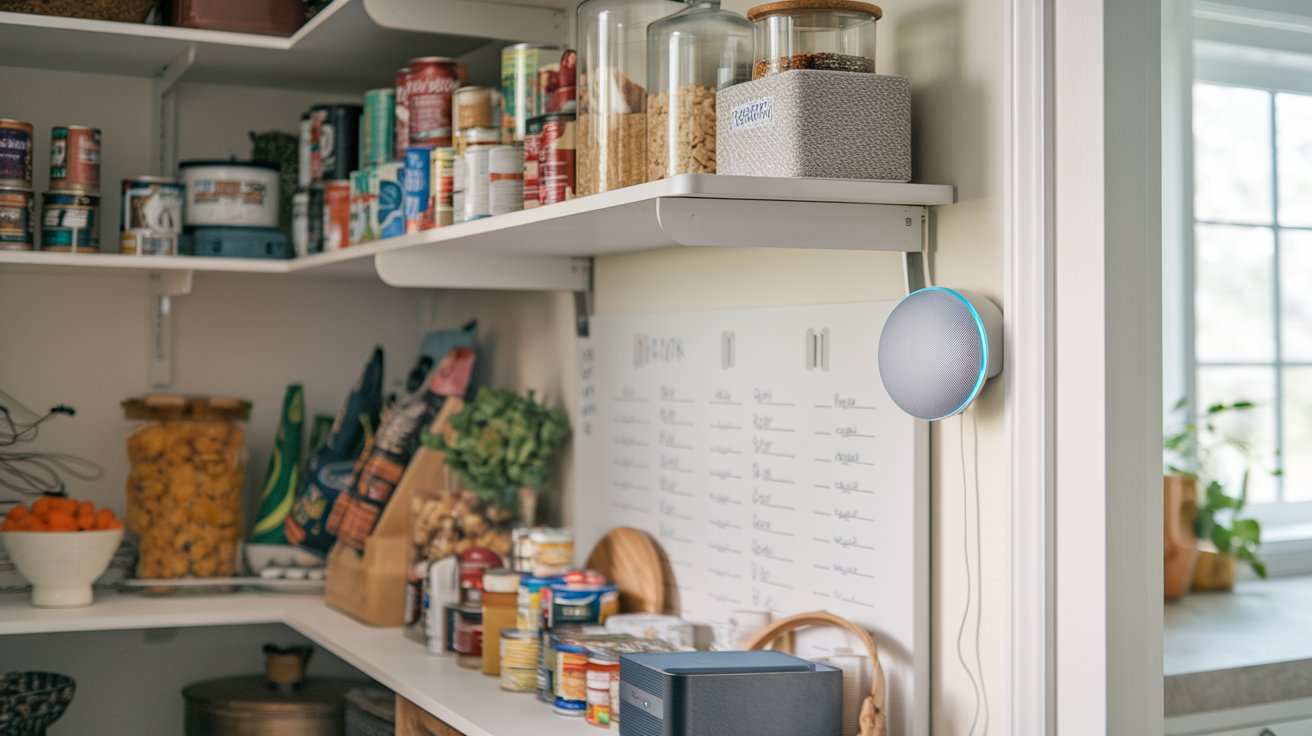
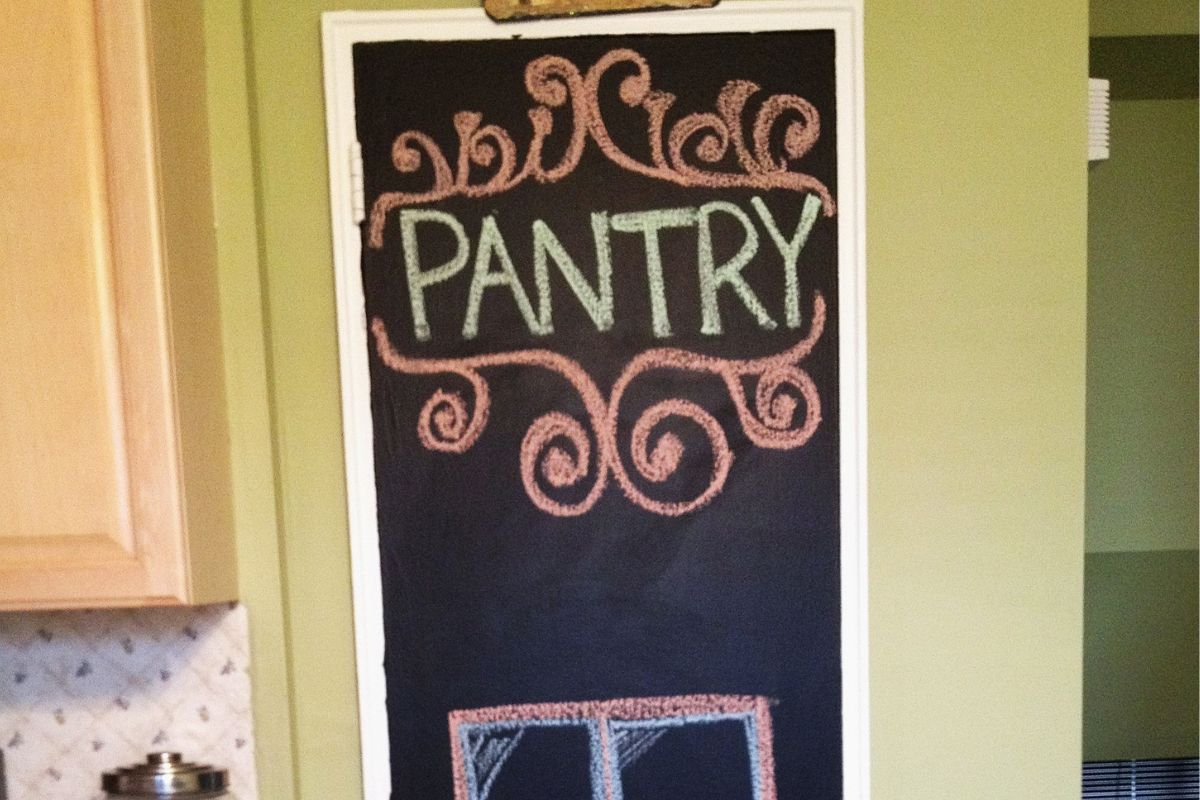
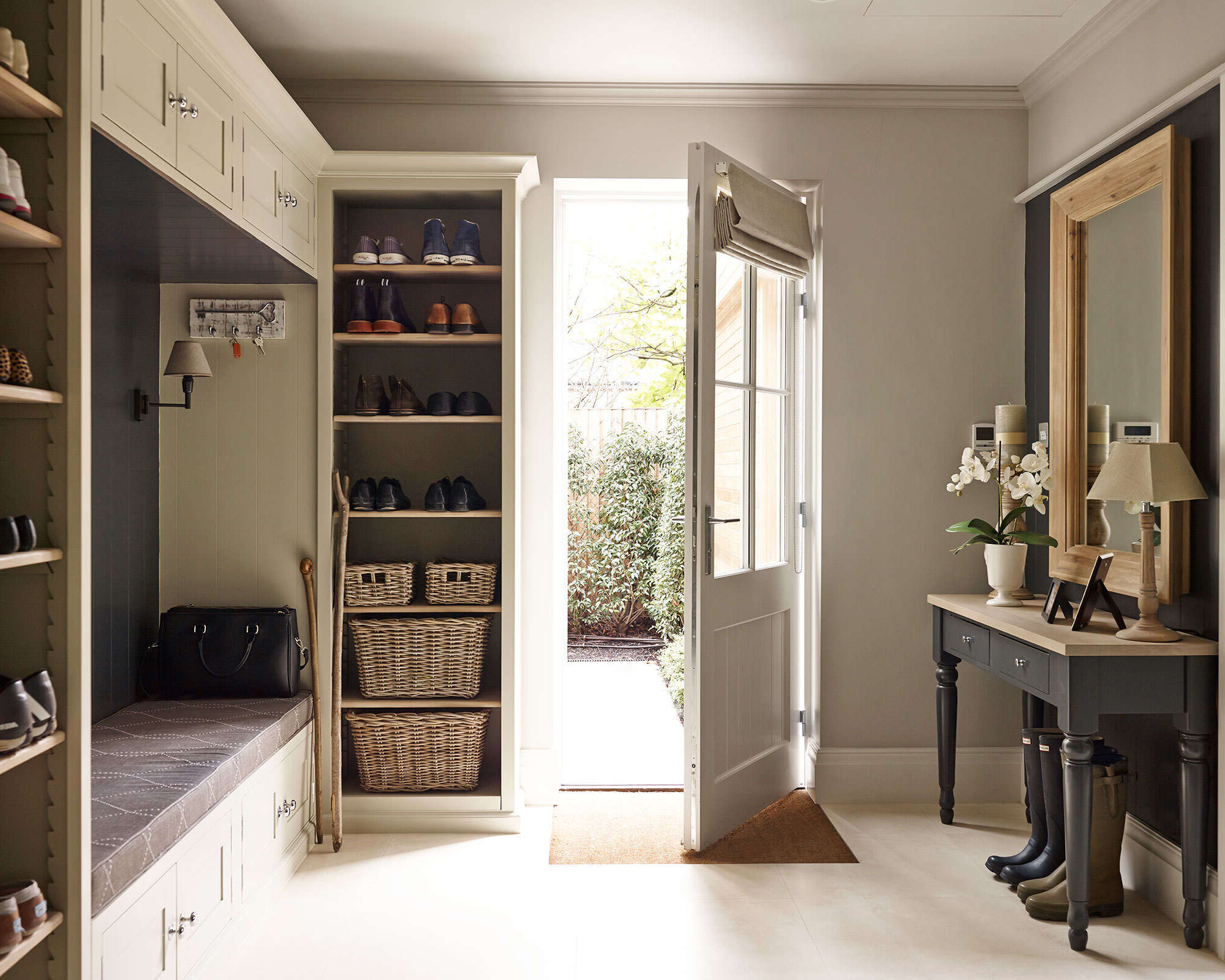
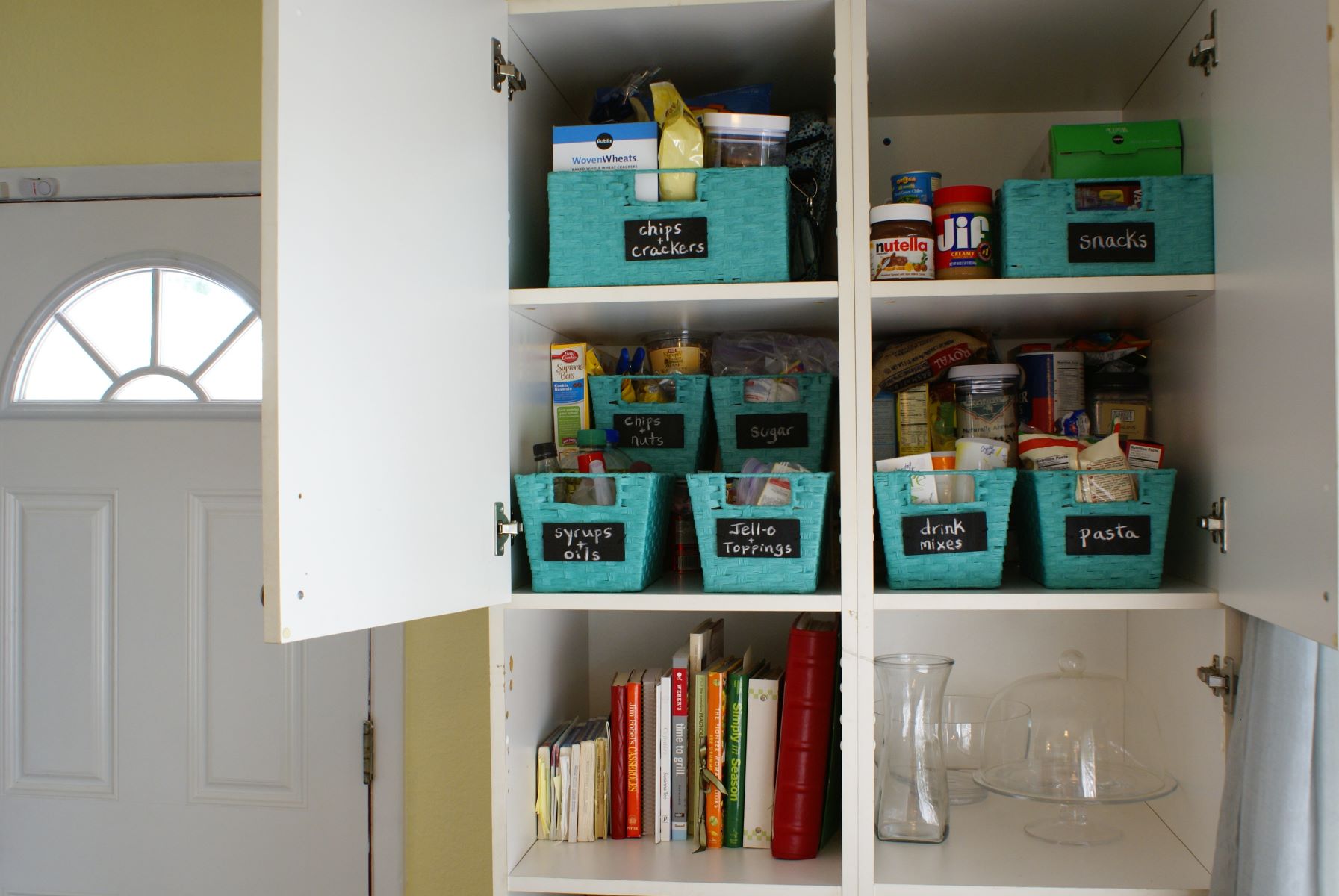
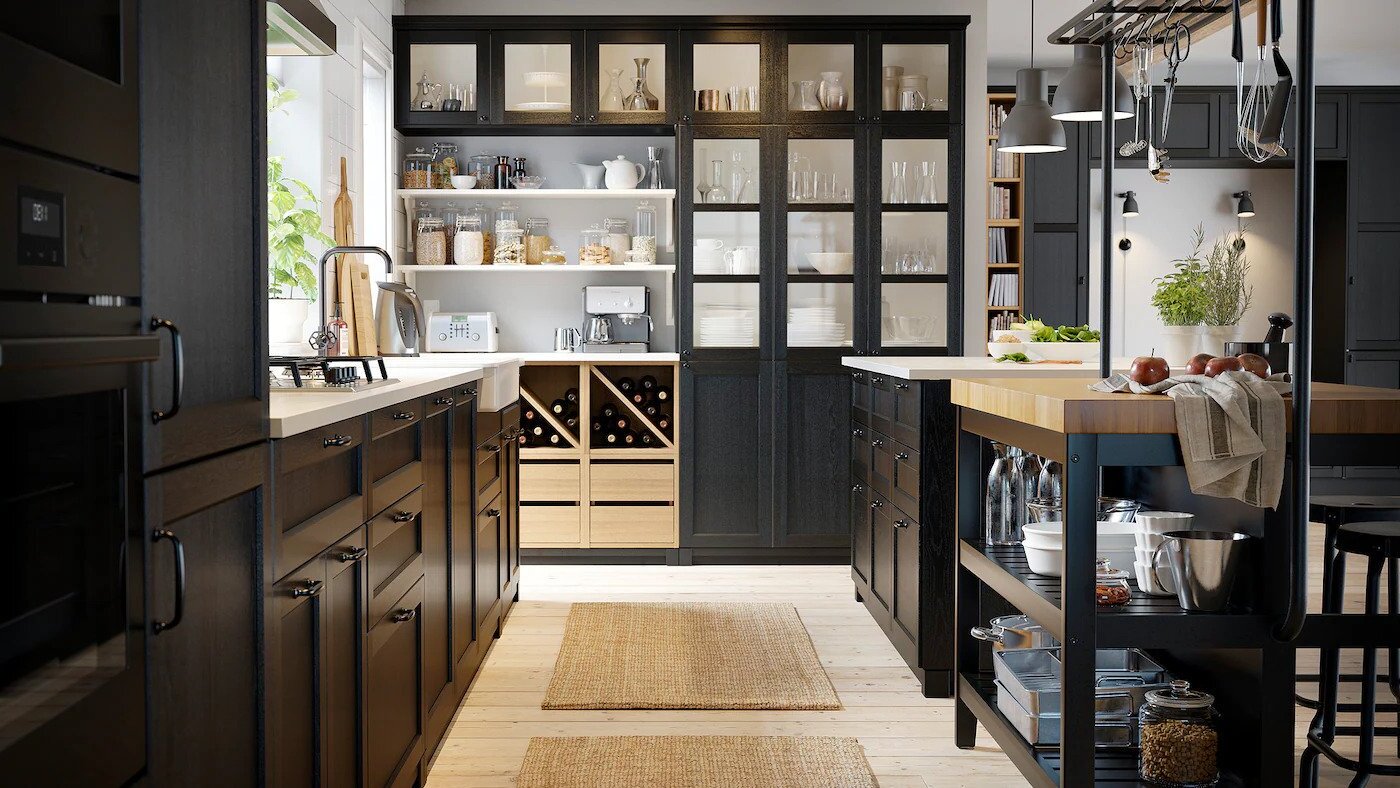
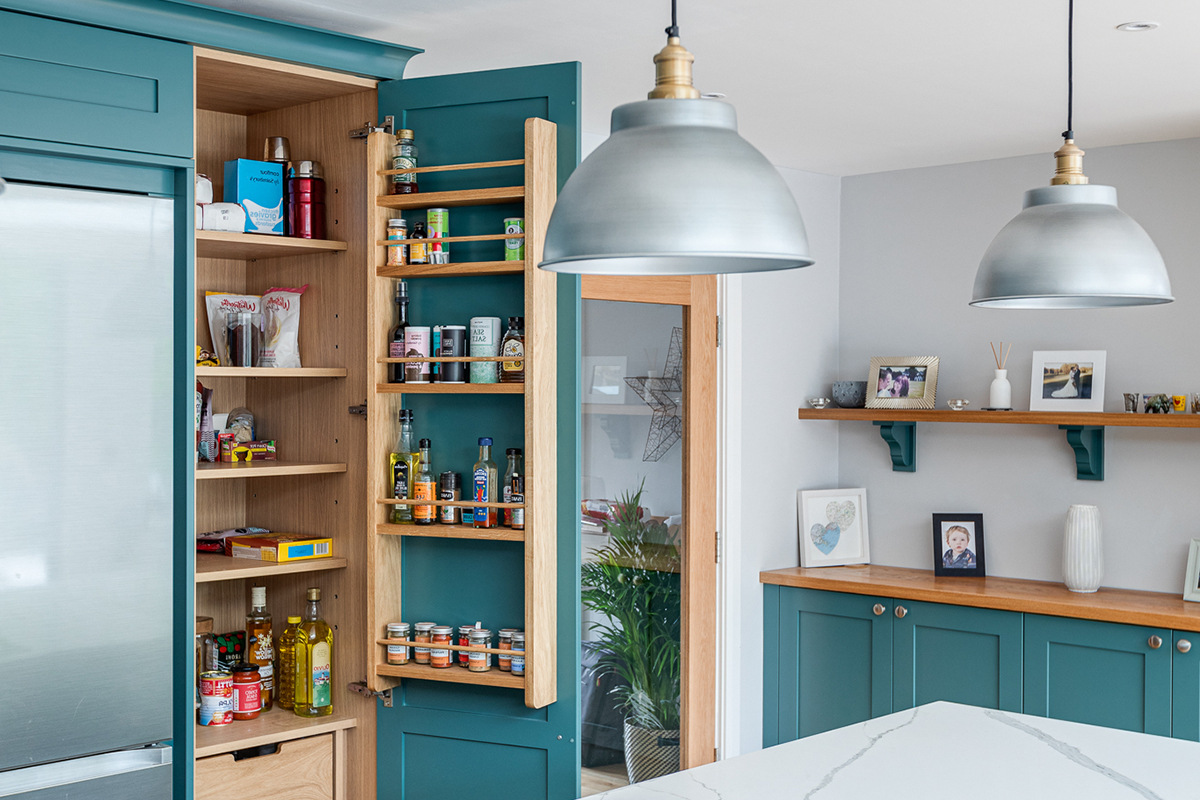
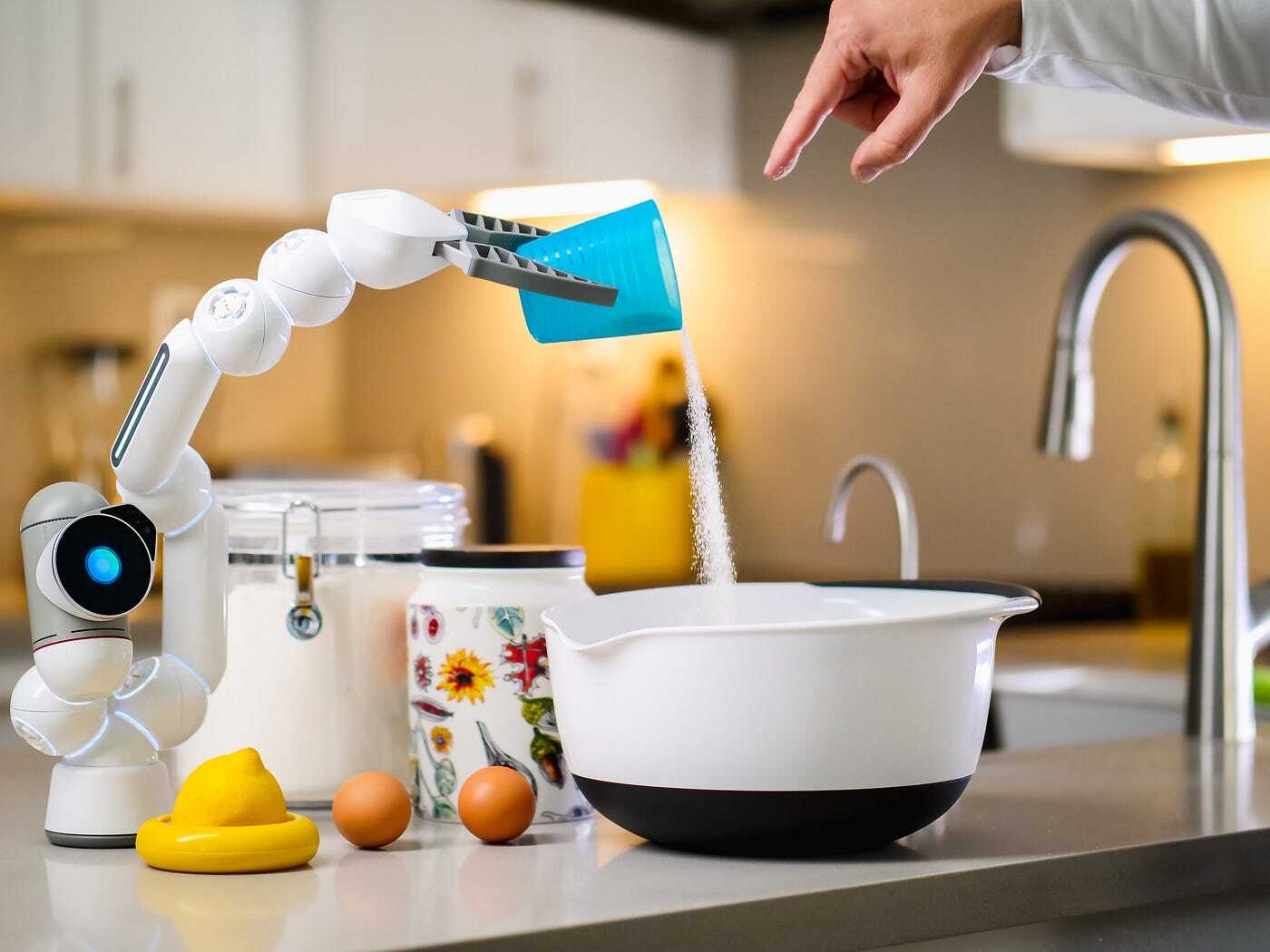
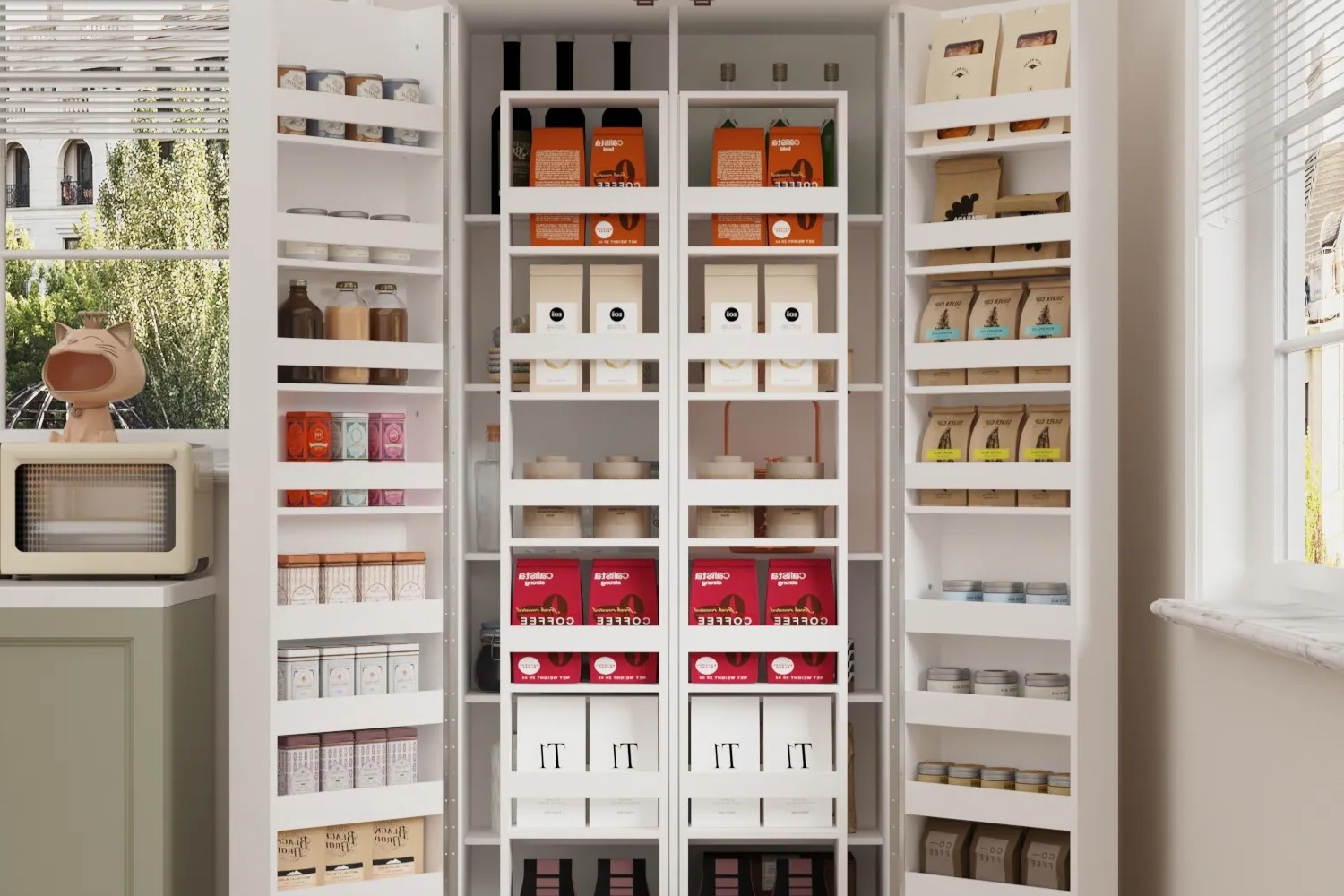
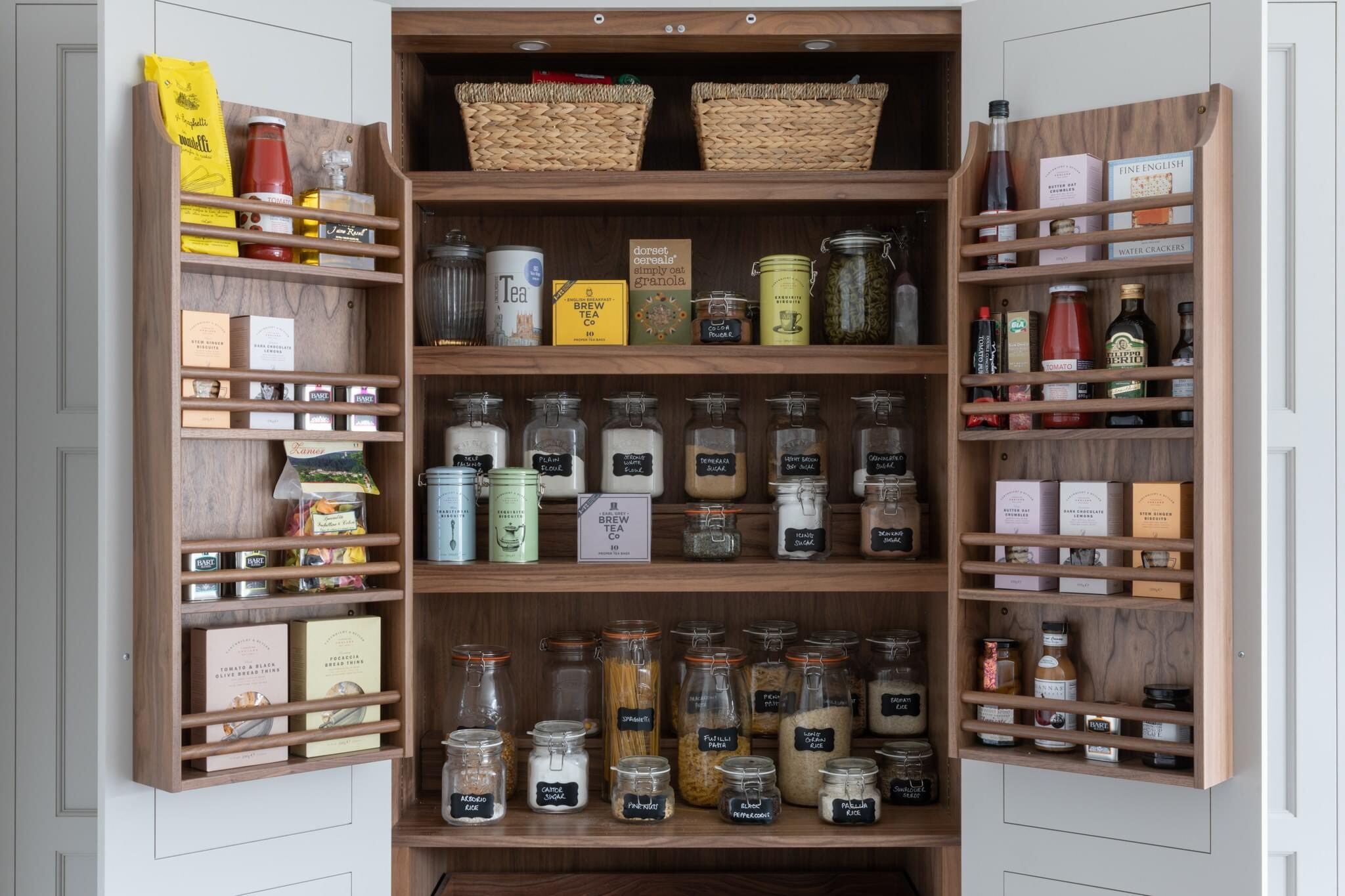


0 thoughts on “Creating A Stylish And Practical Pantry With Vacuum-Sealed Storage”